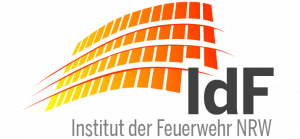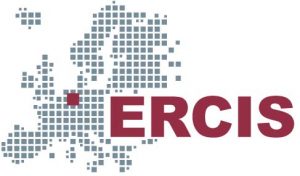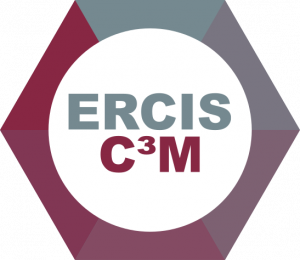ISCRAM 2024 is excited to offer a diverse array of workshops. On Sunday, May 26th, we will host seven workshops across three parallel sessions during two time slots: morning (9:00 AM to 1:00 PM) and afternoon (2:00 PM to 5:00 PM). This schedule allows participants the opportunity to engage in multiple workshops, maximizing their experience at the conference. All workshops on Sunday take place in the historic castle. Additionally, a special eighth workshop will be held on Monday, May 27th at the IdF, in parallel with other sessions.
Would you like to take part in a workshop? We will shortly be sending out a survey to all registered conference attendees, which will also include registration for the workshops.
The workshop and tutorial-sessions will be co-chaired by Dr. Christoph Lamers, Johannes Ponge, & Prof. Jaziar Radianti. If you have any questions, please refer to iscram2024@ercis.org.
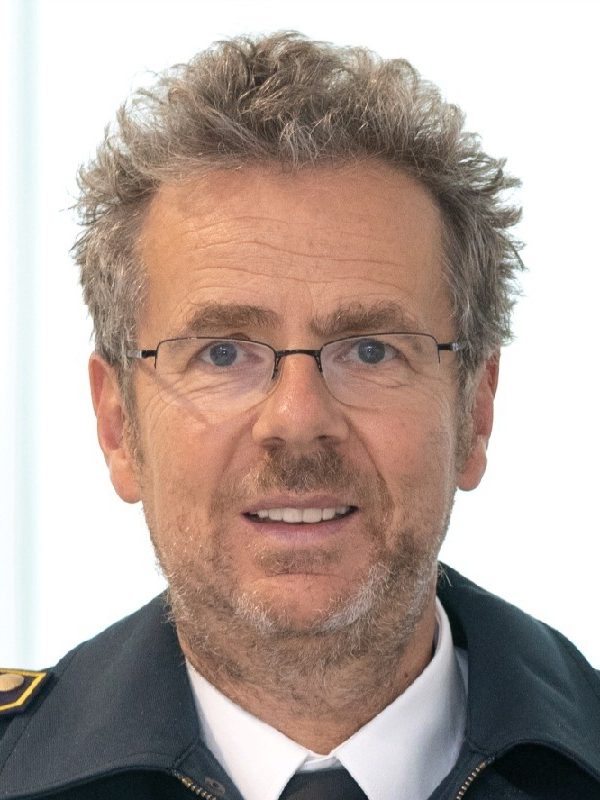
Dr. Christoph Lamers
Joint Competence Centre for Civil Protection
extern.christoph.lamers@bbk.bund.de
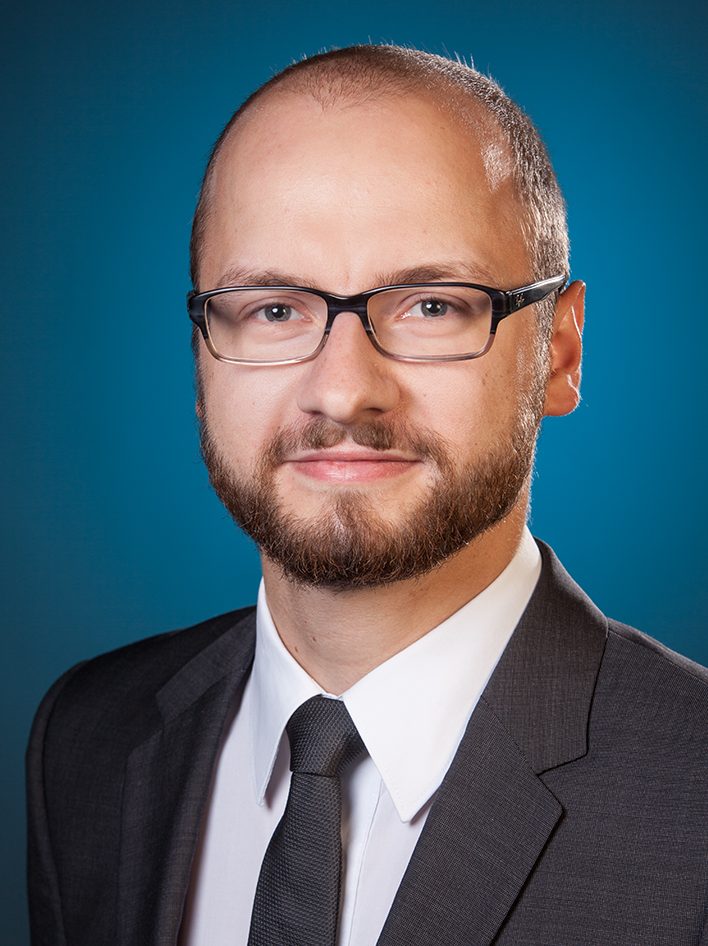
Johannes Ponge, M. Sc.
ERCIS C3M
johannes.ponge@ercis.uni-muenster.de
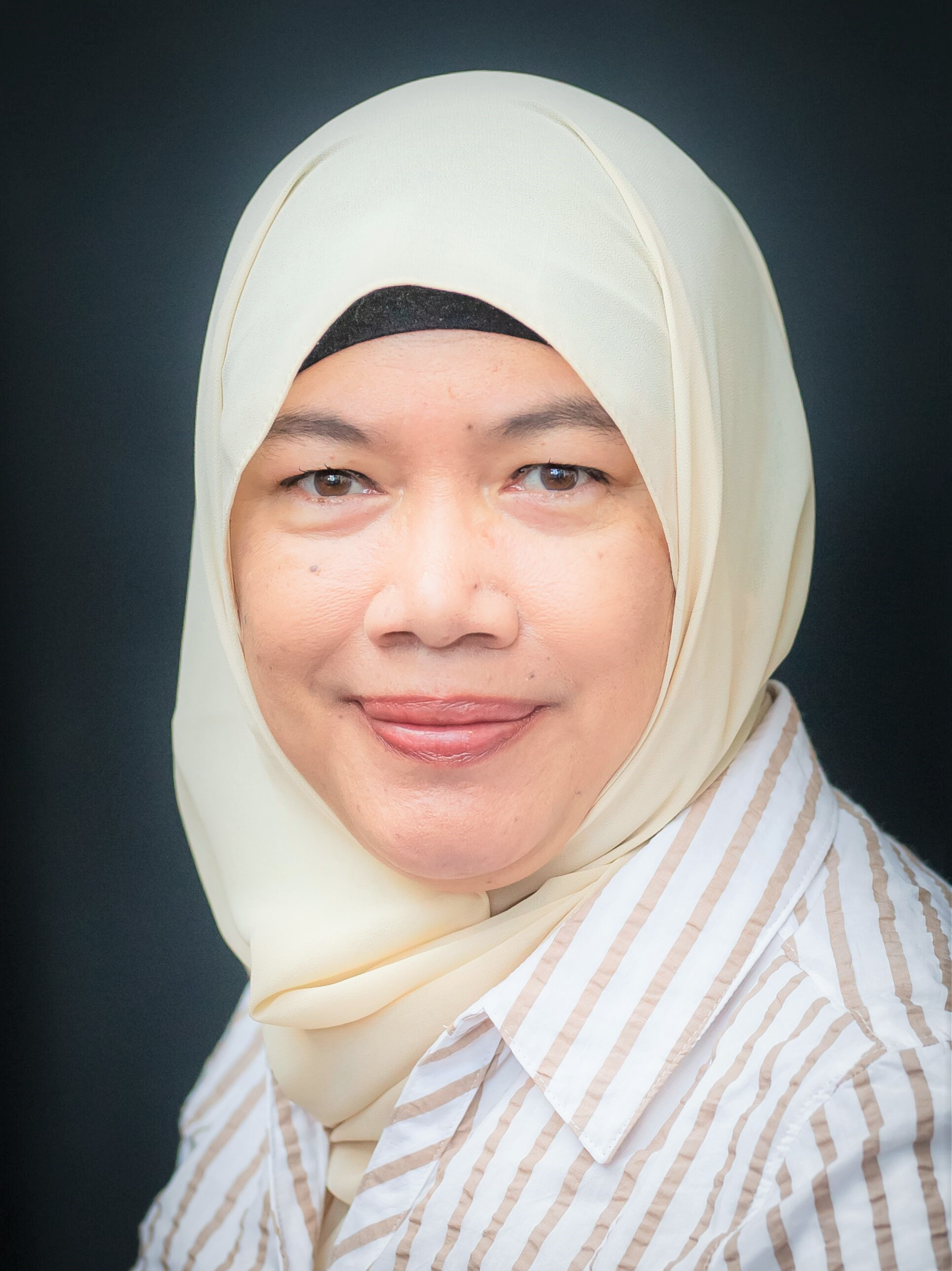
Prof. Jaziar Radianti
University of Agder, Norway
jaziar.radianti@uia.no
WORKSHOP OVERVIEW
The following image visualizes the parallel timeslots for the workshops using the number of each workshop. All workshops are listed and described in more detail below.

LINKS TO THE WORKSHOP DESCRIPTIONS
Sunday Morning:
2. Devising Assessment and Mitigation of Systemic Risks with Strategy Mapping (9:00 AM to 1:00 PM)
3. Using Bomb Shelters in the 21st Century? (9:00 AM to 11:00 AM)
4. Measuring Stress Levels in Critical Systems for Monitoring and Response (11:00 AM to 1:00 PM)
Sunday Afternoon:
6. Cascading Effects in Complex Health Networks (2:00 PM to 5:00 PM)
7. Capability Gaps in Fire Fighting – how to proceed (2:00 PM to 4:15 PM)
Monday Afternoon:
WORKSHOP DESCRIPTIONS
Please click the box of a workshop to show the full description and workshop program.
Sunday Morning:
1. Remote Crowdsourcing and Participatory Local Mapping for Disaster Management
The workshop, led by HeiGIT, focuses on addressing the challenges of accessing and capturing spatial insights throughout the disaster management cycle. Participants will explore the Sketch Map Tool and CrowdMap, open-source tools designed to collect and map local knowledge and interpret imagery through participatory mapping approaches. Through hands-on sessions and discussions, attendees will learn how these tools can engage local communities and remote volunteers to provide valuable data, contributing to more effective disaster management practices. The workshop provides a platform for sharing experiences and discussing opportunities and challenges in integrating crowdsourcing and participatory mapping into disaster management strategies.
Description
Throughout the entire disaster management cycle, data availability is crucial yet often challenging. The spatial dimension is particularly important: for example, the localisation of hazards and risk areas is essential for minimizing potential damage or responding effectively. While state-of-the-art remote sensing systems and services offer a good basis and overview of certain contexts, we frequently lack specific and current information to fully understand the situation on the ground. Remote mapping has demonstrated its ability to provide human interpretations of recent remote sensing and street level imagery in a fast and flexible way. In addition, techniques for collecting and mapping local knowledge can add the dimension of local perceptions and provide information not visible from above which plays a critical role in disaster management.
Based on several years of experience on bridging the gap between the science and practice community, HeiGIT addresses this prevalent need of accessing and capturing spatial insights providing open-source tools: The Sketch Map Tool facilitates the collection and mapping of local knowledge on paper maps based on OpenStreetMap or satellite imagery. The cumbersome tasks to digitally process this information back into the GIS realm is made user friendly with automatic extraction and conversion of the sketches. CrowdMap utilizes the ability of humans to interpret imagery based on a micro-tasking approach. Humanitarian organizations can set up customized mapping projects to gather relevant information for the different phases in the disaster management cycle. In combination, these tools can be used to engage both local communities and remote volunteers to contribute meaningful insights.
In this 4 hours-workshop, participants will learn how to use both the Sketch Map Tool and CrowdMap to obtain valuable data from local and remote volunteer contributors through a participatory mapping approach. We will also address the potential use of the acquired data in holistic disaster management. Join us for an introduction, hands-on sessions and discussions about frontiers and potential contribution of crowdsourcing and participatory mapping to different phases of the disaster management cycle. We will provide a space for sharing experiences and discussing challenges and opportunities from both the scientific community and practitioners. Please bring along your laptop and a mouse in order to be ready for a hands-on experience with the introduced tools.
Process & Agenda
- Welcome (10 m)
- Introduction to participatory mapping with the Sketch Map Tool (30 min)
- Hands on Sketch Map Tool (1 h)
- Break (15 min)
- Introduction to crowdsourcing using Crowdmap (30 min)
- Hands On Crowdmap (1h)
- Discussion: Frontiers and potential contribution of crowdsourcing and participatory mapping to different phases of the disaster management cycle (15 min)
About the Workshop Chairs
Workshop facilitators: Oliver Fritz, HeiGIT gGmbH, Anne Schauß, HeiGIT gGmbH, and Marcel Reinmuth, HeiGIT gGmbH.
2. Devising Assessment and Mitigation of Systemic Risks with Strategy Mapping with a Participant Group
In our interconnected society, risks create cascading effects across sectors, forming a complex system with interdependent outcomes. Involving practitioners and experts is crucial for effective systemic risk assessment and management. A strategy mapping method, originally developed for complex projects in the 1990s, has been extended to address systemic risks in societal resilience and pandemics, notably applied to Covid-19.
Description
In our interconnected society, risks have increasing interdependencies responsible for cascading effects within sectors and across multiple sectors. The interdependencies create a system of associated risks and outcomes, where the outcomes of risks are risks themselves and where the resulting consequences can be complex. Risks are a system where a single risk can cause a plethora of other risks, many of them causally interconnected via vicious cycles, which escalate the risks unless properly mitigated. Involving practitioners, experts and power-brokers is key to achieve that systemic risk assessment and management is useful, useable, and used.
This combined workshop/tutorial introduces a strategy mapping method of systemic risks using an approach originating in the 1990’s to assess and master systemic risks in complex projects. The approach has been extended recently to societal resilience and to systemic risks in a pandemic context. The approach and its application to the Covid-19 pandemic is described on p24-30 of the report, Addressing Complex and Cross-Boundary Challenges in Government: The Value of Strategy Mapping (available at the homepage of the IBM Center on the Business of Government).
Process & Agenda
We use participatory modelling of systemic risks for a cyber attack with cascading effects on critical infrastructures. The participants will play the role of practitioners, experts, and power-brokers.
The risk model will be developed and analysed, and mitigating strategies will be developed, using the strategy mapping browser-based software Strategyfinder™ under the supervision of the facilitators. Participants must bring their own laptops to access the Strategyfinder.
The workshop will have a duration of 4 x 45 minutes plus breaks (i.e., 4 hours in total). It consists of the following activities:
- Part 1
- Tutorial: Introduction to the method and Strategyfinder™
- Creation of a map of risks related to the selected topic
- Part 2
- Tutorial: Analysis of the map of risks
- Analysis of the map of risks
- Part 3
- Tutorial: Development of mitigation strategies
- Development of mitigation strategies
- Part 4
- Documentation of the strategies
- Discussion and evaluation
About the Workshop Chairs
Workshop facilitators: Jose J. Gonzalez, Dept. for ICT, Center for Integrated Emergency Management, University of Agder, and Sigurd Paulsen, crisis manager at Kristiansand municipality, Norway.
3. Using Bomb Shelters in the 21st Century?
The workshop examines the importance of utilizing bomb shelters in contemporary times, acknowledging insights from the conflict in Ukraine and the historical neglect of shelter maintenance since the Cold War. It delves into the potential of new technologies in warning the public about attacks while addressing associated security risks. Through discussions on information management, public training, and warning systems, participants aim to compile a thorough list of research topics pertinent to the modern utilization of bomb shelters, considering evolving societal expectations and the role of social media in crisis communication.
Description
The war in Ukraine has highlighted the need to use bomb shelters to protect the public. After the end of Cold War in some countries bomb shelters have not been maintained, marked or communicated to the public. This might mean that civilians are not properly trained to take shelter during air raid attack. Simultaneously, civilians’ use of technology and social media during risk and crises communication has grown enormously and the ISCRAM community has supported this research. On the one hand, new technologies, like smart phone apps using GPS guiding or SMS warning etc., could be used to warn the public to seek and take shelter during possible attacks. On the other hand, these technologies might give away important information and help the enemy or terrorist to spot where people are and plan attacks against existing bomb shelters, especially if they are used actively. Other aspects that will be focused on in the workshop are universal design of shelters, as well information systems to make sure that all groups of society could take shelter. In the workshop we discuss information management issues and differences of short time use of shelters and use of shelters over a longer period as we have seen in Ukraine.
The purpose of the workshop is to explore the relevance of bringing bomb shelters in today context. Additionally, to discuss, how the ISCRAM community should approach these dilemmas and how the public should be trained and warned to take shelter during possible attacks. During groupwork we will bring out as many research problems as possible for future studies.
The target audience is all ISCRAM members and visitors, no special pre-knowledge either registration is required to take part in the workshop.
In workshop we use inquiry-based training approach where groups are given a specific situation description, and they are asked during the workshop how they think they will search for more information and self-assess how they would behave in this situation. In the workshop we will be making use of a learning analytics tool CoTrack that will be tested to collect information about the progress in the groupwork and to record the discussions in the group.
The expected outcome of the workshop is a list of research topics connected to using bomb shelters in 21st of century, taking into account people’s expectations of using social media during crises?
Process & Agenda
Workshop last 120 minutes and has planned has follows:
- Introduction to the topic 15 min
- Presenting the tasks for participants and first round language-based grouping 15 min
- Group work to fulfill the first-round tasks 20 min
- Presenting the groupworks 10 min
- Regrouping based on country and new tasks presentation 10 min
- Group work to fulfill the second-round tasks 20 min
- Presenting the groupworks 10 min
- Conclusion and summary of the workshop 20 min
Participants of workshop should bring their own device that has internet connection, ability to use Google Crome and their own microphones to take part of the workshop online platforms CoTrack where the information is collected and group tasks carried out.
About the Workshop Chairs
Workshop facilitators: Jaziar Radianti, University of Agder, Terje Gjøsæter, University of Agder, Stella Polikarpus, Estonian Academy of Security Sciences, and Priit Laaniste, Estonian Academy of Security Sciences and Estonian Ministry of the Interior.
4. Measuring Stress Levels in Critical Systems for Monitoring and Response
The Dutch Safety Regions utilize data streams to monitor stress levels and risk indicators across essential systems, enabling measurement of relative stress levels, real-time crisis response support, and long-term trend analysis. Emphasis is placed on both crisis response systems and everyday societal continuity essentials such as telecommunications, power, sewers, and water management. Ziel des Workshops ist es, Beispiele für die Datennutzung in verschiedenen Zeiträumen zur Stressmessung in lebenswichtigen Systemen zu präsentieren, Feedback für die Entwicklung eines Echtzeit-Risikomonitors einzuholen und die Zusammenarbeit zwischen Ersthelfern, Datenwissenschaftlern und Experten für kritische Systeme zu fördern.
Description
Collection and analysis of data streams enables Dutch Safety Regions to monitor the development of stress levels and risk indicators in essential systems over different time frames, ranging from minutes to years. This enables several use cases, including
- measuring of relative stress levels within systems and between systems,
- support of real-time crisis response,
- long-term trend analysis of risks.
The focus of data collection and analysis is both the crisis response system and systems essential to the everyday continuity of society, e.g. telecommunications, power, sewers and water management.
Process & Agenda
Part 1: Presentation (30 minutes)
Veiligheidsregio Utrecht is developing monitoring capabilities for use in its VIC (Safety Information Centre). Three use cases have been deployed there:
- 1. Machine Learning algorithms with an emphasis on Explainable AI have been deployed to make real-time predictions of the likelihood that the fire service response to an incident needs to be scaled up to a higher level of co-ordination (Salet 2023) every five minutes for the first 30 minutes after first response, reported to dispatch personnel in an understandable way [developed in-house];
- 2. Risk assessment related to cumulative effects of volumetric flow in river systems, traffic incidents and electricity grid failures combined with the presence of public events and care facilities in affected areas; updated hourly and presented to dispatch personnel in an interactive map [Pilot project with NIPV];
- 3. Reporting and predicting the real-time availability of shelter or housing for refugees from the Ukraine based on reports from involved authorities, reporting the results to stakeholders in an interactive map [developed in-house].
Part 2: Interactive session (75 minutes, including coffee break)
In an exploratory session, Participants can combine scenario types, analysis algorithms and User Experience design to monitor developments related to e.g. climate change and the transition to renewable energy or other suitable scenarios. Presenters can provide additional information.
Part 3: Conclusion and Wrap-up (15 minutes)
Participants and presenters will identify the most promising combinations of scenarios, analysis methods and user experience to jump-start further development of risk monitoring systems.
About the Workshop Chairs
Workshop facilitators: Michiel Rhoen, Veiligheidsregio Utrecht, and Luuk Vink, Veiligheidsregio Utrecht.
Sunday Afternoon:
5. Using Emergency Response Data to Connect Practice and Science
The workshop explores the utilization of emergency response data for both practice and scientific research, bridging the gap between operational needs and academic inquiry. By aligning with the ISCRAM 2024 theme of embracing the crisis management lifecycle, the workshop aims to extend understanding beyond traditional boundaries. Drawing from over a decade of experience in the Netherlands, participants will delve into real projects, discussing success criteria and methods to meet scientific standards while upholding the quality of emergency response systems. Through interactive sessions, attendees will collaboratively develop research proposals focusing on key themes such as cross-border interoperability, event management, resilience, crisis communication, floods, and infectious agent spread.
Description
Crises – and especially the ones that grow fast – are difficult to study. They require a swift response and there is seldom room for observation by researchers and it is often not possible to instrument officials and burden them in situ to carefully collect relevant data from the response process. Yet, more and more data are being collected, recorded, and logged in applications in the context of crisis response. Although this data is primarily meant to support emergency response processes, coordination, and the operational deployment of emergency response workers, it also offers opportunities for research.
By more closely connecting the emergency response practice and scientific research, we extend the ISCRAM 2024 theme of embracing the crisis management lifecycle (CML) even beyond it’s intended meaning of providing a holistic and integrated process view of crisis management.
The emergency agencies in the Netherlands have over 10 years of experience using real emergency response data for research. In our workshop, we will share some of our latest projects. We will discuss the success criteria we recognized and applied. We will elaborate on the conditions for meeting scientific research standards while maintaining the quality standards of CMIS for its primary goal of supporting the emergency response workers.
After this introduction, we will have an interactive brainstorming session in smaller groups aimed to develop research proposals in which emergency respons data and international collaboration are key. For this, participants can use their own topic, or they can choose from one of the following themes:
- Cross border semantic interoperability
- Event management
- Resilience and cascading effects
- Crisis communication systems in escalation and de-escalation phases
- Floods
- Spread of infectious agents
Process & Agenda
- Part I, 1.5 hours
- Welcome (by Amy Matser, NIPV) 10 min
- 112 calls to Public Dashboards: Insights for Citizens, Policymakers, or Journalists (by Vera Oosterveen, NIPV) 15 min
- Emergency respons data collected during Fire Service that successfully predicts the need for additional resources (“scale-up”) (by Michiel Rhoen, Safety Region Utrecht) 15 min
- Mathematical model for determining the optimal locations of vehicle base stations (by Guido Legemaate, Safety Region of Amsterdam – Amstelland) 15 min
- 15 years of experience (by Rob Peters, Utrecht University of Applied Scientific Research) 20 min
- Break 15 min
- Part II, 1.5 hours
- Brainstorming session in smaller groups 60 min
- Presentations of brainstorm sessions and final discussion on the way forward with the proposals and the role of the ISCRAM network in this 30 min
About the Workshop Chairs
Workshop facilitators: Amy Matser, Netherlands Institute for Public Safety, Guido Legemaate, Safety Region of Amsterdam – Amstelland, Vera Oosterveen, Netherlands Institute for Public Safety, Michiel Rhoen, Veiligheidsregio Utrecht (VRU, Safety Region Utrecht), Netherlands, and Rob Peters, Utrecht University of Applied Scientific Research.
6. Cascading Effects in Complex Health Networks
The workshop focuses on critical infrastructures and entities essential for maintaining societal functions, highlighting the interdependence and complexity of these systems, particularly in domains like healthcare. With increasing digitalization, cybersecurity becomes paramount, especially in sectors like healthcare, which are prime targets for adversaries. The workshop aims to provide a holistic understanding of cyber-physical systems and their interdependencies to enhance risk and resilience management in critical domains.
Description
Critical infrastructures (CIs) or Critical Entities (CEs) are organizations, systems or assets (or parts thereof) which are essential for the maintenance of vital societal functions. Any failure of a CI, either in part or as a whole, will have considerable impact not only on the infrastructure itself but also on the social well-being of people. Such CIs can be found in different areas, including the basic energy networks (electricity, gas, etc.) as well as information and communication (ICT) networks and ranging to complex systems with severe social impact when not working properly, such as financial or supply chain networks.
With the ongoing digitalization and other relations, the CIs and CEs have become more and more interdependent on each other and have evolved into a highly complex and sensitive network. One domain of particular importance is the healthcare sector, not only due to its significance and immediate effect on society but also due to the increasing technological advancements in tele medicine, remote operation capabilities and digital diagnostics. Additionally, with the high sensitivity of healthcare data, this sector has become a main target for adversaries and thus requires a high notion of security. Therefore, it is important to obtain a holistic overview on the cyber-physical systems and their interdependencies and thus improve the risk and resilience management in this domain.
Process & Agenda
This workshop focuses on providing the participants with advanced knowledge on the complex consequences of cyber threats on medical systems. The workshop is set up in two parts, each 90 minutes long, and is a mixture of presentation, hands-on examples and interactive discussions. During the workshop, the online modelling tool CASSANDRA will be used by the participants to create an interdependency graph for a network of medical systems and to simulate the potential cascading effects from a cyber or physical incident happening to that network.
The first part of the workshop will introduce the concept of CIs and CEs and cover their importance and characteristics based on the EU’s NIS2 and CER directives. Further, it will go into detail on the different types of dependencies among CEs and discuss them in the context of the strong relation among critical medical systems within healthcare infrastructures. For structural analysis and visualization, the concept of an interdependency graph will be introduced. After that, the participants will be able to use the online modelling tool CASSANDRA (in their own web browser) to model a network of interdependent systems from the medical sector (and potentially including other CIs) based on a small scenario. The results will be discussed among all participants.
After a coffee break, the concept of cascading effects will be discussed, highlighted by several examples from the literature and from practice. Taking the interdependency graph into account, a stochastic model for the simulation of cascading effects across the internal network of critical medical systems as well as the external network with other healthcare infrastructures will be presented. Afterwards, the participants have the chance to extend their previously built interdependency graph in the CASSANDRA tool with events or threats and model, how each system will react on these events/threats. The workshop will close with a final discussion of the simulation results for the cascading effects and the possible implication they would have for other CIs and the public.
- Welcome and Introduction 5 min
- Overview on Critical Entities 15 min
- Interdependency Graphs 30 min
- Hands-on Example 25 min
- Discussion 15 min
- (Coffee Break 30 min)
- Simulating Cascading Effects 30 min
- Hands-on Example 40 min
- Discussion 15 min
- Wrap-up and Closing 5 min
About the Workshop Chairs
Workshop facilitators: Stefan Schauer, AIT Austrian Institute of Technology, Manuel Egger, AIT Austrian Institute of Technology.
7. Capability Gaps in Fire Fighting – how to proceed
The workshop, facilitated by the DIREKTION and FIRELOGUE projects, aims to foster collaboration and innovation in firefighting by bringing together practitioners and solution innovators. Designed for both industry experts and emergency responders, it provides a platform to discuss challenges, share insights, and explore solutions in wildfire risk management. Participants can expect lively discussions, knowledge exchange, and opportunities to shape the future of firefighting through collaboration and research-driven innovation.
Description
Join us for a transformative workshop where emergency response meets innovation, brought to you by the DIREKTION and FIRELOGUE projects. Our aim? To bring practitioners and solution innovators together and create a space where experts come up with answers to challenges in firefighting through cooperation and exchange. Designed for both practitioners and industry experts, this workshop offers a platform to discuss challenges, share insights, and explore solutions. Expect an engaging mix of project introductions and interactive discussions, all within a World Café setup conducive to meaningful exchange.
Building on previous project results as well as initial DIREKTION outcomes, participants can expect a lively discussion, share experiences and brainstorm on potential innovations. Influence the future of fighting wildfires, expand your professional network, and collaborate on research that drives innovation!
Join us to contribute, learn, and innovate together. Inviting everyone with knowledge or interest in wildfire risk management, this workshop promises to be a forum for lively and productive exchange of ideas and solutions. For industry representatives, it’s an opportunity to align products with real-world needs, forging stronger connections with practitioners. And for all involved, it’s a step forward in shaping a more resilient tomorrow.
Focusing on enhancing disaster resilience, DIREKTION (DIREKTION) guides the development of innovative technologies and identifies critical needs and gaps in current practices, while the FIRELOGUE (https://firelogue.eu/) project has set out to build a comprehensive network of different stakeholder groups in the field of wildfire risk management, encouraging dialogue and exchange between practitioners, researchers and policy makers.
Process & Agenda
- Welcome
- Presentation
- Firelogue
- DIREKTION
- World Café
- BREAK
- Presentation of the results
- Wrap-Up and Farewell
About the Workshop Chairs
Workshop facilitators: Juliane Schlierkamp, Fraunhofer INT, Maike Overmeyer, Fraunhofer INT, Jean-Paul Monet, and David Martín , Pau Costa Foundation.
Monday Afternoon:
8. Netcentric Crisis Management – a Dutch approach and its challenges
The workshop, led by experts from the Netherlands Institute of Public Safety (NIPV) and Trimension, focuses on Netcentric Crisis Management (NCM) as a method to enhance information management and coordination during crises. Aimed at emergency responders, academics, researchers, and policymakers, it offers interactive sessions to discuss experiences, principles, implementation challenges, and future developments of NCM. Participants engage in cross-organizational knowledge exchange and exploration of innovative information management processes and tools to enrich NCM practices.
Description
How do you facilitate collaboration between involved actors during a crisis? How do you help them to overcome isolated considerations? How to effectively manage a complex network, stimulating shared situational awareness? All these questions underline that in many ways crisis management is network management. Over the past 20 years, emergency services, government, healthcare and critical infrastructure organisations in the Netherlands have co-created Netcentric Crisis Management (NCM); a method by which information management effectively supports decision making and coordination during crises.
In two interactive sessions, experiences with Netcentric Crisis Management are presented and jointly discussed. The workshop is hosted by NCM-experts of the Netherlands Institute of Public Safety (NIPV) and Trimension. It is aimed at emergency response practitioners, academics, researchers and policy makers with a specific interest in information management and netcentric operations to improve crisis management. The basic principles of NCM are explained, together with the impact NCM has in the Netherlands, the steps and challenges for implementation are discussed, and developments still ahead presented. We would like to discover further possibilities for NCM, obtain feedback from the international conference audience and discover state-of-the-art information management processes, systems and tools to further enrich NCM.
The workshop consists of two highly interactive round-table sessions of 90 minutes each. Participants are encouraged to attend both sessions and will be mixed in smaller, multidisciplinary groups, thereby stimulating a cross-organisational exchange of knowledge, challenges and experiences.
Process & Agenda
First round-table session
You are interested in the concept of NCM, how it emerged, the problems it intends to solve, and whether it can fit your organisation’s or region’s needs. The first session consists of:
- Introduction to the workshops program, what NCM is, its history and basic principles, combined with practical uses of NCM during crisis situations.
- First round table session aimed at the questions: Do you recognize similar problems with information and crisis management in your region or sector? How do you cope with them? Would NCM fit your organisation’s culture and processes?
- The organizers will provide canvases facilitating group discussions. The session is summarized by a short recapitulation of the most interesting results per table.
Second round-table session
You have attended the first session or have (basic) experience with netcentric crisis management, netcentric operations or information management in a multi-sector network and are interested in implementing NCM in your own organisation, network, or region. This session is focussed on implementing NCM, the challenges and potential developments:
- Presentation on how NCM can be implemented in organisations and in networks from practical experience and the challenges and potential developments still ahead.
- Second round table session aimed at the questions: Do you recognize the presented implementation challenges? How could an implementation of NCM be successful in your country or organisation and which challenges do you foresee? What further developments or improvements do you suggest?
- We will provide canvases for the group discussions in this second session. This session will be summarized as well by a short recapitulation of the most interesting results per table.
The findings from both sessions will be documented in a concise report and shared afterwards with the participants.
About the Workshop Chairs
Workshop facilitators: Steven van Campen, Trimension, Willem Treurniet, Netherlands Institute for Public Safety – NIPV, and Arthur van Lohuijzen, Trimension.

